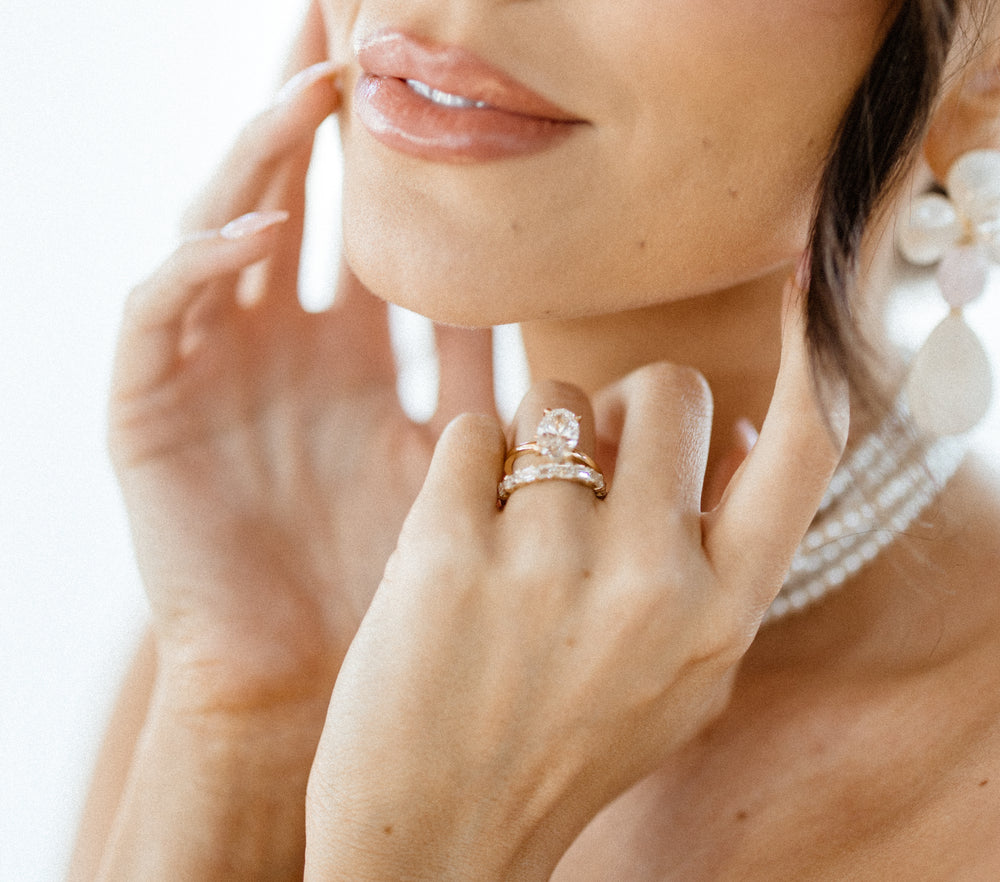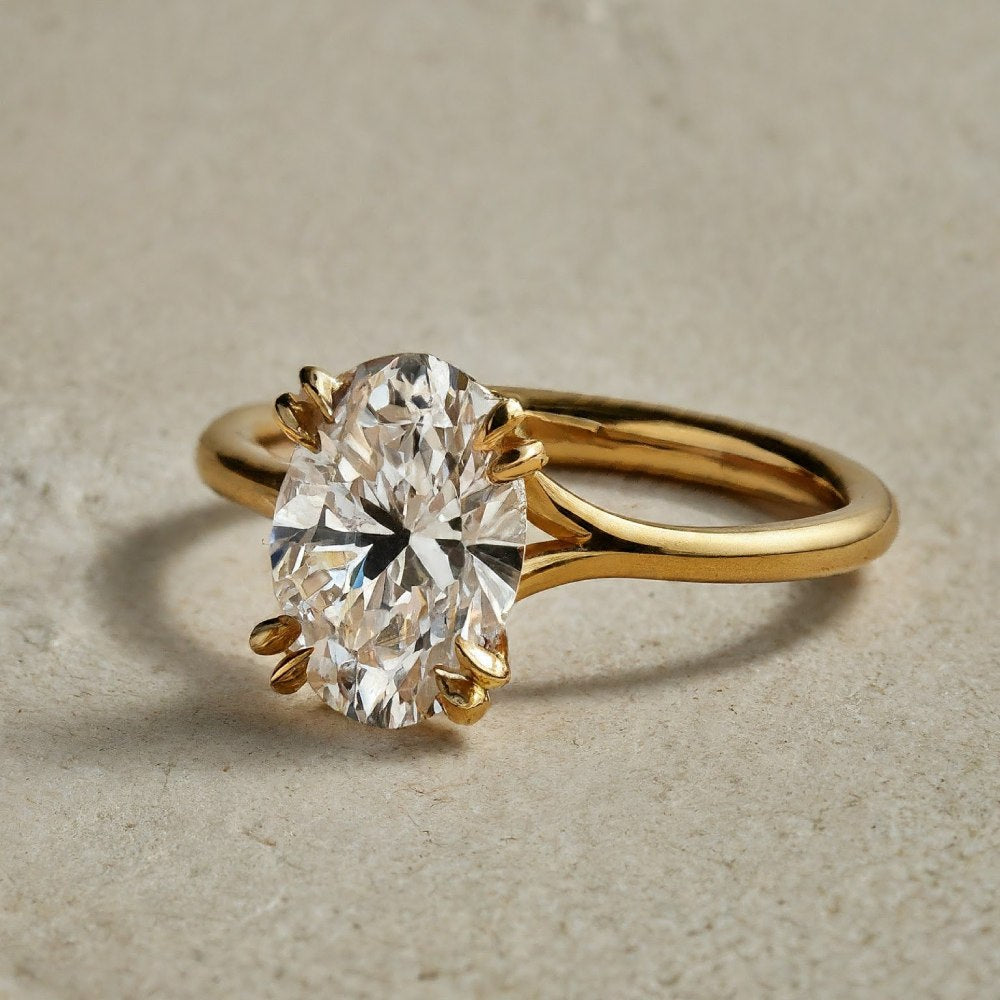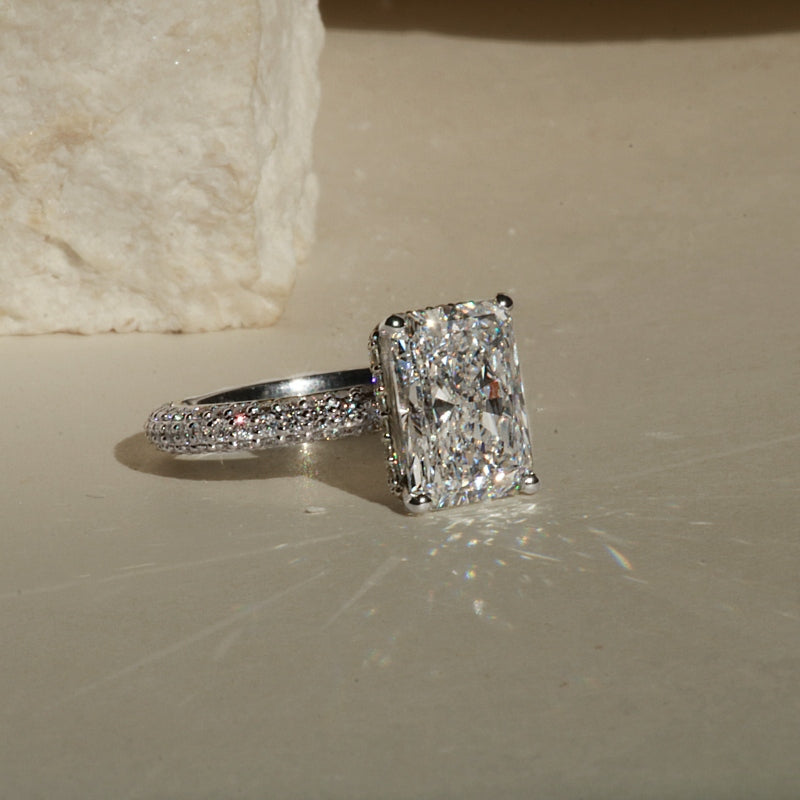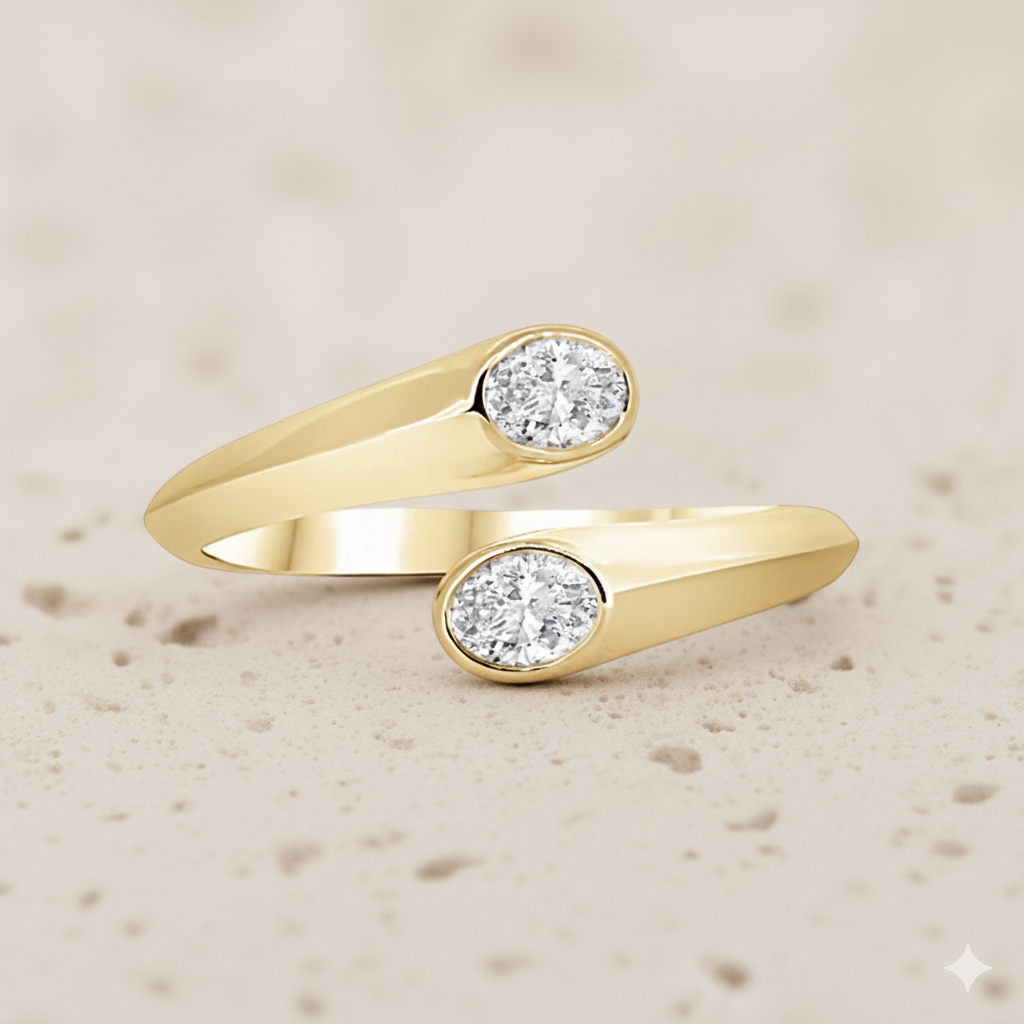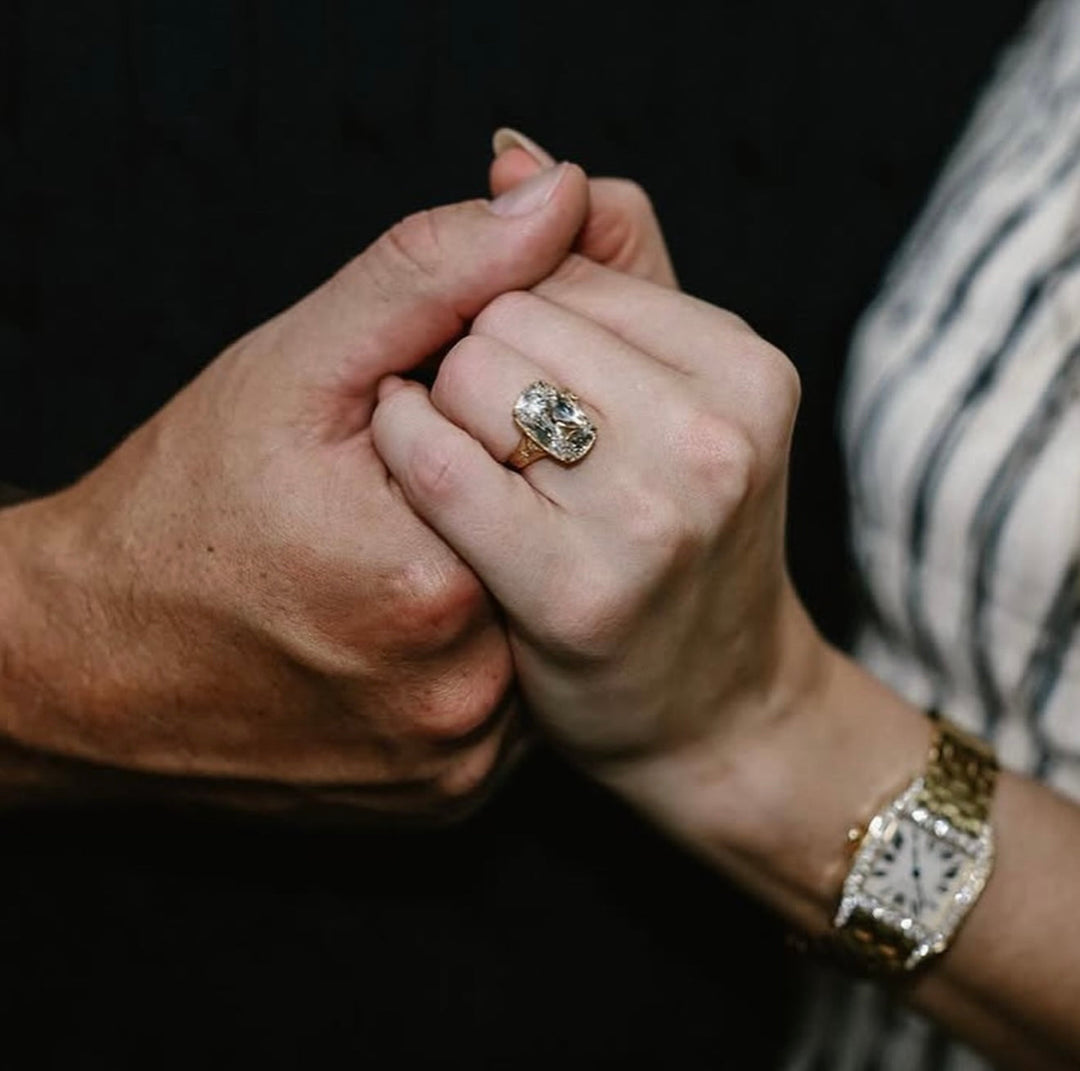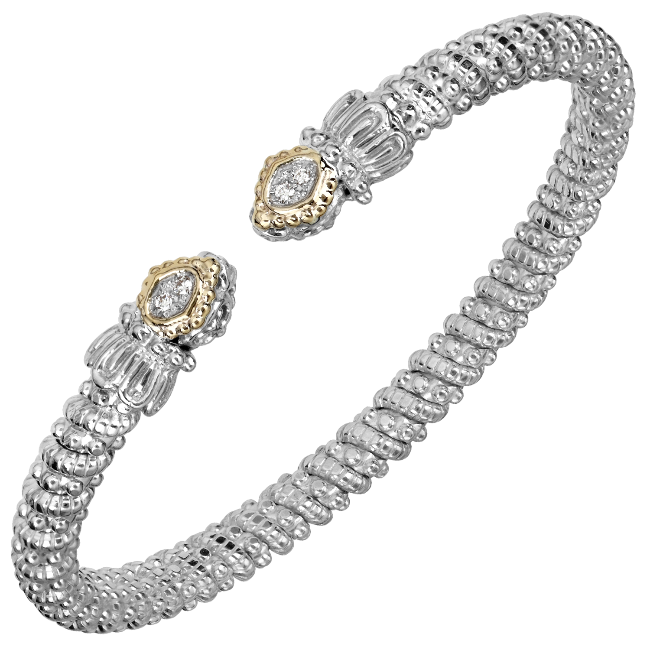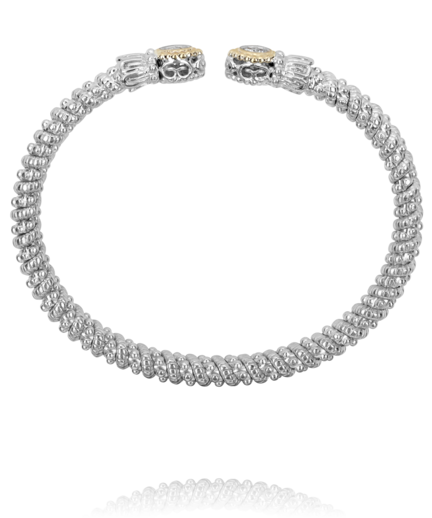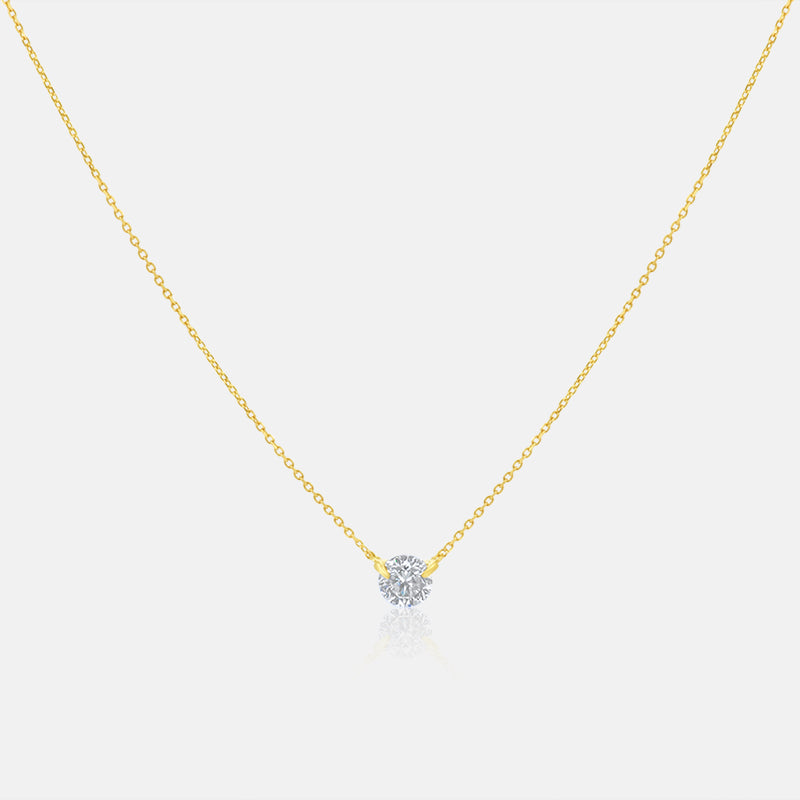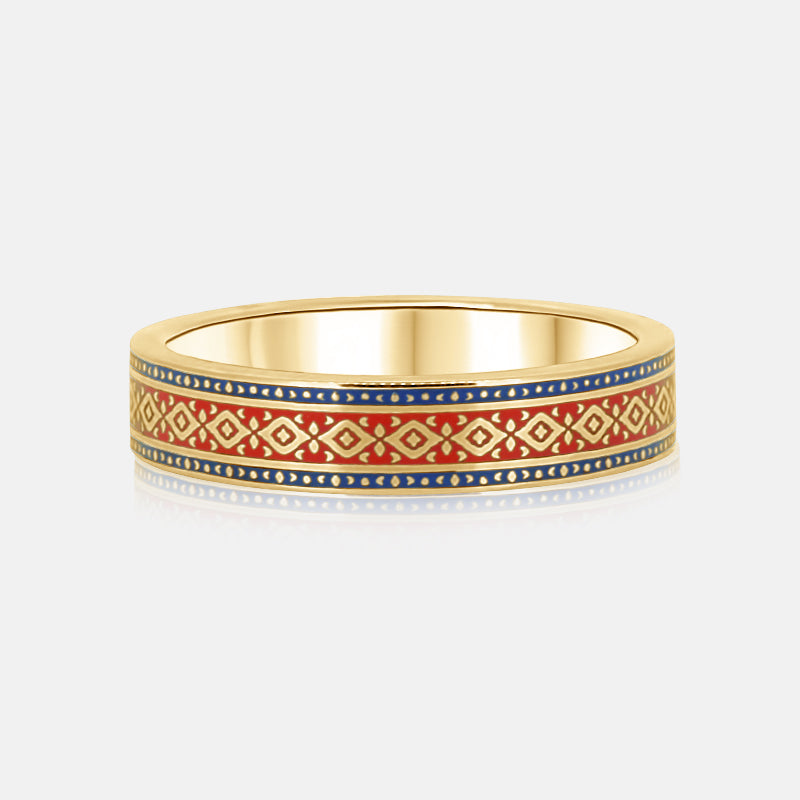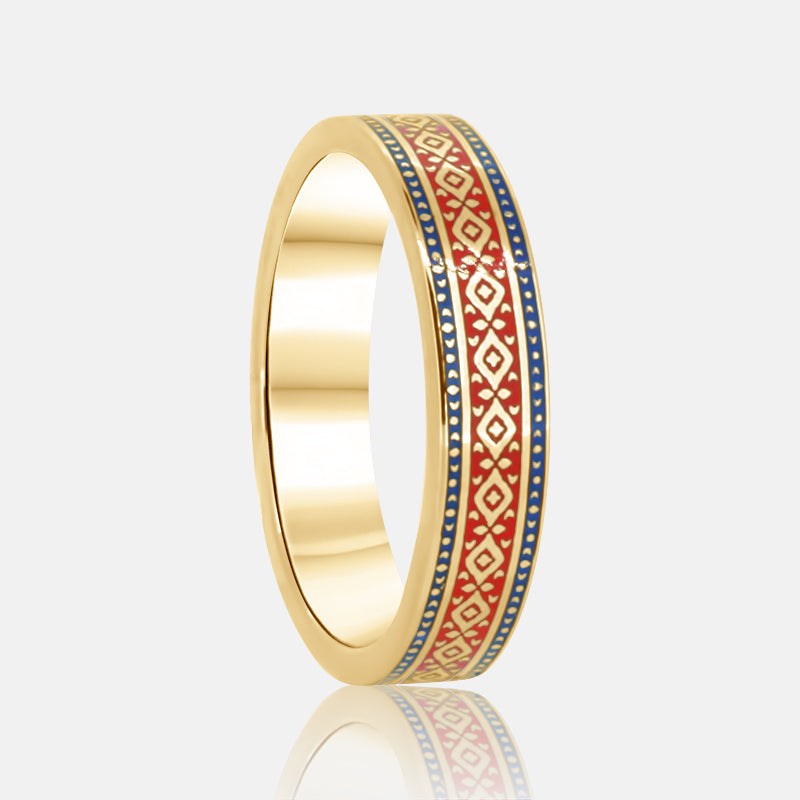Different Type of Prongs for Engagement Rings
What are Prongs?
When it comes to selecting the perfect engagement ring, the devil is truly in the details. And by details, we mean prongs. Yes, those tiny metal claws that hold the gemstone in place are more than just functional; they're a key element of your ring's style and character. So, let's embark on a journey through the fascinating world of engagement ring prongs, exploring their various styles and what makes each unique. Grab your magnifying glass, and let's get up close and personal with these tiny titans of the ring world.What Are the Different Types of Prongs for Engagement Rings?
Prongs are the unsung heroes of engagement rings, ensuring your precious gemstone stays securely in place while allowing it to catch the light in the most dazzling way. But not all prongs are created equal. From the classic 4 prong setting to the secure embrace of bezel sets, each style has its own pros and cons. Let's break them down:
Four Prong Setting

The four-prong setting consists of four projections that hold the stone in place, forming a square appearance. Four prong rings reflect more light on the stone giving it more sparkle.
- Pros: Offers maximum exposure to the gemstone, allowing more light to enter and enhancing its brilliance and fire. Perfect for the lover of all things sleek and simple.
- Cons: Offers slightly less security than settings with more prongs; not ideal for the most active lifestyles or those prone to knocking their jewelry.
Six Prongs Setting

Just like four-prong, the six-prong ring has six projections holding the stone firmly in place. Larger stones use a six-prong setting. The advantages of a six-prong setting include; one the security of the stone. If one of the prongs breaks, the other prongs firmly hold the stone in the center. Two, it provides better protection to the girdle compared to four prongs. Three, the six prongs can hold bigger stones better compared to the four-prong ring setting.
- Pros: Provides superior security for your gemstone, ensuring it stays in place. The additional prongs also create a fuller look around the stone, enhancing its presence on the band.
- Cons: The extra prongs can sometimes overshadow smaller gemstones, and they might catch on fabrics more easily than their 4 prong counterparts.
Claw Prong Setting

The claw prong setting is one of the most popular ring prongs used on engagement rings. It involves the prongs holding the stone in place by bending them around the stone edges. Their sharp "claw" shaped prongs tend to show minimal metal covering the stone. Other claw setting designs include double claws and pointed claw prongs.
- Pros: Claw prongs, with their tapered points, offer a more delicate and elegant appearance. They give the ring a vintage or antique vibe, appealing to the romantics at heart.
- Cons: The pointed ends can be more prone to catching on materials and may require more frequent checks and adjustments by your jeweler.
Double Claw Prong
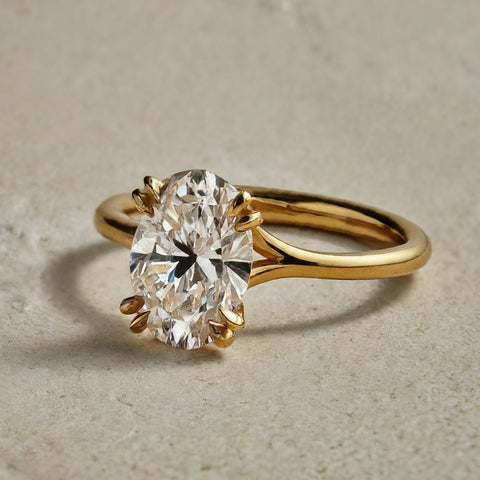
Double claw prongs setting, as the name suggests, consists of dual tips that secure the stone in place. The pointed claw prong setting flawlessly blends with the stone. It also helps emphasize and outline a diamond's aesthetics. If you prefer minimal metal to show on your center diamond, the claw prong setting might be the way to go!
- Pros: Double prongs offer enhanced security for your gemstone, distributing the pressure and reducing the risk of damage or loss. They also add a unique aesthetic touch, lending a slightly vintage or bespoke feel to the ring, perfect for those who cherish individuality and flair in their jewelry.
- Cons: With their increased presence, double prongs can sometimes give the illusion of a larger setting, which might obscure smaller gemstones. Additionally, their unique style may require a bit more maintenance to keep them looking pristine.
Bezel Set

- Pros: The metal rim encases the entire circumference of the gemstone, providing exceptional protection. This setting is ideal for those with active lifestyles and offers a sleek, modern look.
- Cons: Some may find that the bezel set minimizes the stone's visibility and brilliance, as it allows less light to enter the stone compared to prong settings.
Eight and ten prong settings aren't common. Although they provide more protection, the major con is the metal covers much of the stone. This prong setting provides a vintage style. The advantage of this prong setting is that it gives more security to the diamond by holding it firmly at the center. However, more metal covers the stone, minimizing visibility by far.
Shared Prong Setting

Shared prongs, commonly used for larger stones, hold together multiple stones on the ring with each stone sharing a set of prongs next to it. It shouldn't be confused with the pave© and channel setting. The shared prong gives the appearance of an array of stones spread across the finger with minimal metal covering them.
- Pros: Shared prongs allow for a series of stones to be set closely together with minimal metal showing, creating a dazzling band of brilliance. It's perfect for a unified, cohesive look.
- Cons: With less metal between each stone, there's a higher risk of stones becoming loose over time, especially with daily wear and tear.
V Prong Setting

Just like the name implies, V-prongs are V-shaped, firmly gripping the stone at the edges. The prongs usually conform to the shape of the stone. V prong setting is commonly used in marquise, princess, pear-shaped, or heart-shaped stones and is suitable for angular and sharp edge cut stones.
One of the major cons of the V Prong setting is that it requires extra care. For example, if the prongs get snugged, the stone could fall off easily compared to other prong settings. The significant advantage of V Prongs is they do not cover the top area of the diamond as much as other prong settings. They also offer protection to the edge of the stone, making them less susceptible to scratching and breakage.
- Pros: Ideal for protecting the corners of square or rectangular gemstones, the V-shape prongs wrap around vulnerable edges, shielding them from chips and knocks.
- Cons: The specific shape may limit the light entering the stone from certain angles, potentially affecting the stone's brilliance slightly.
Tips to Consider When Choosing Engagement Ring Prongs
Consider choosing thick prongs and a bit heavier. Thick prongs will provide better grip and security for your stone. They are also less prone to wear and breakage.
Consider choosing a prong size proportionate to the size of your carat to achieve the right balance. Thick size prongs set on a small stone tend to overshadow the stone affecting the whole jewelry aesthetic. Identify your desired size, shape, and type of stone. These factors will influence the ideal prong setting for your engagement.
Finally, consider the color, cut, clarity, and carat, commonly known as 4C's of diamond quality. These four elements play a significant role in the overall appearance of the engagement ring. The color of the diamond should blend seamlessly with the mounting color. The cut is the shape of the stone, and an ideal cut diamond provides for maximum light reflection. Clarity refers to how many flaws are in diamonds. Avoid diamonds whose flaws are visible to the naked eye. Carat refers to the diamond's total weight.
The prong setting is one of the most important considerations when getting engagement rings. A prong setting emphasizes the stone while downplaying the other parts of the ring. The advantages of choosing prong settings for your engagement ring is that they're cost-effective and easy to clean and maintain. They also highlight the shape of the stone.
At Masina Diamonds, we will ensure that you get the best out of your engagement ring. Talk to us through (404) 681-0379 or email us on masina@masinadiamonds.com.


